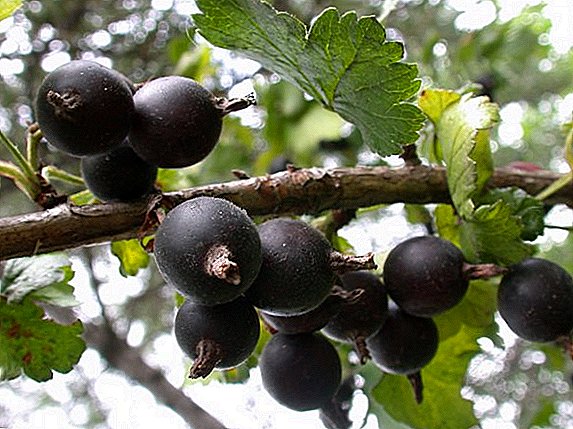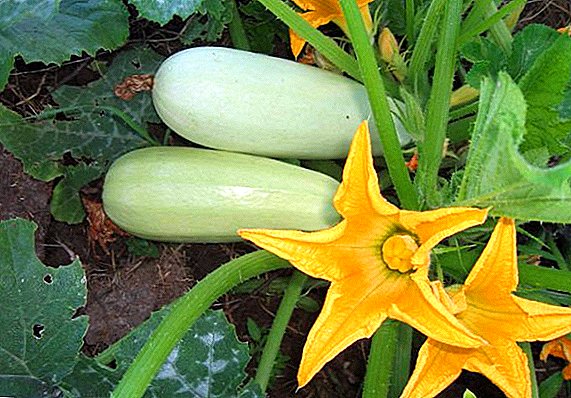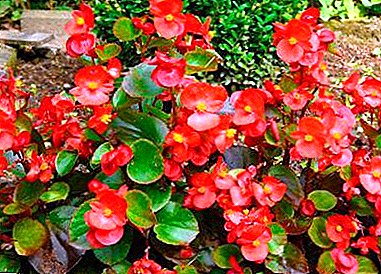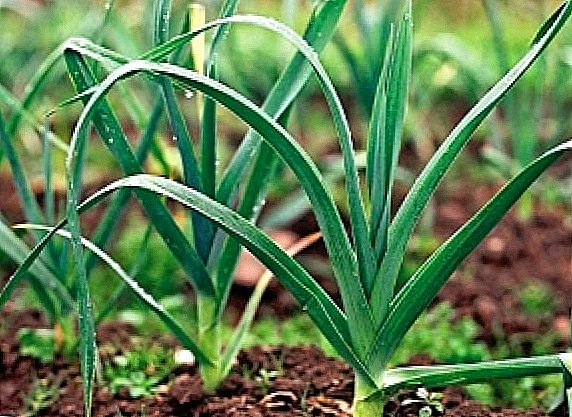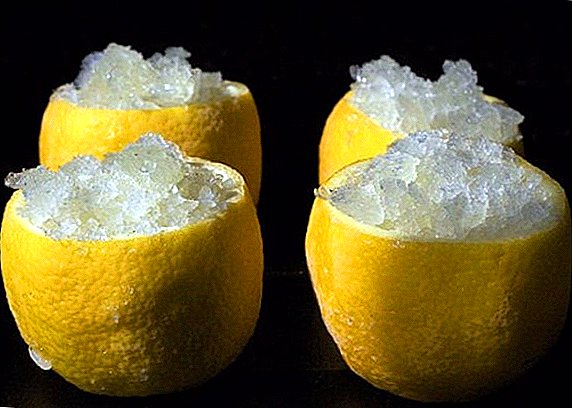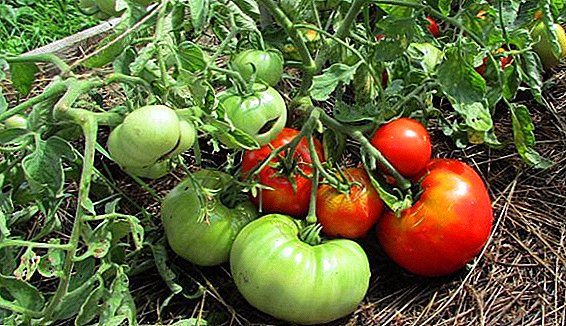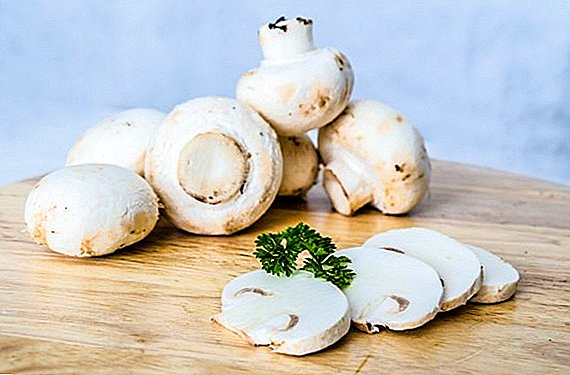 Champignons are considered to be the most popular and favorite mushrooms, not only on our table, but throughout the world. There are hundreds of recipes with mushrooms: Ukrainian krucheniki, french juliens and cream soup, Italian pizza and pasta with sauce, juicy salads with greens and vegetables, pies and even stuffed goose! In addition to the wonderful gastronomic qualities, champignons also have many beneficial and healing properties. If not all, then very much, our article will tell about champignons.
Champignons are considered to be the most popular and favorite mushrooms, not only on our table, but throughout the world. There are hundreds of recipes with mushrooms: Ukrainian krucheniki, french juliens and cream soup, Italian pizza and pasta with sauce, juicy salads with greens and vegetables, pies and even stuffed goose! In addition to the wonderful gastronomic qualities, champignons also have many beneficial and healing properties. If not all, then very much, our article will tell about champignons.
Calorie and chemical composition of champignons
 Do not worry about how many calories in raw champignons, not worth it. Calorie mushrooms low - 27 kcal per 100 g of raw materials. Champignons have high nutritional value: proteins - 4.3 g, fats - 1 g, carbohydrates - 0.1 g, dietary fiber - 2.6 g, water - 91 g
Do not worry about how many calories in raw champignons, not worth it. Calorie mushrooms low - 27 kcal per 100 g of raw materials. Champignons have high nutritional value: proteins - 4.3 g, fats - 1 g, carbohydrates - 0.1 g, dietary fiber - 2.6 g, water - 91 g
Champignons contain vitamins (A (RE), beta-carotene, groups B, C, E (TE), PP (NE), niacin), macronutrients (potassium, calcium, magnesium, sodium, phosphorus, chlorine), microelements (iron, iodine, cobalt, molybdenum, rubidium, fluorine, chromium, zinc), fatty acids.
Edible mushrooms can be divided into 4 categories of nutritional value. The first category includes the most delicious species with valuable protein, vitamins and minerals (ceps, mushrooms, mushrooms). Champignon ordinary belongs to the second category, whose representatives have a smaller supply of nutrients and nutrients.
Did you know? The word "champignon" in translation from French means just "mushroom". The Ukrainian name of the mushroom is “Pecheritsa”, the Belarusian name is “Pyachuritsa”, the Polish name is “pieczarka”, the Bulgarian name is “Piecharka”.
The benefits of mushrooms for the body
The undeniable advantage of champignons for women is the presence in the product of folic acid (vitamin B9). This vitamin is involved in many processes of the body: in the production of red blood cells and the cardiovascular system, in the digestive system and metabolism, in the functioning of the immune and nervous systems.
 But the main role of vitamin plays in the reproductive activity of the female body: It is indispensable during pregnancy. Folic acid is involved in the formation of the placenta and is necessary for the healthy development of the fetus.
But the main role of vitamin plays in the reproductive activity of the female body: It is indispensable during pregnancy. Folic acid is involved in the formation of the placenta and is necessary for the healthy development of the fetus.
Also, to create cells and tissues of the fetus are necessary amino acids, which are contained in mushrooms.
Champignons are low in calories and contain a lot of protein and antioxidants, they are quickly digested, do not overload the digestive organs of the future mother. Vitamins and minerals contained in champignons are also important for the health of the mother and child.
Vitamin B2 has a positive effect on the activity of the nervous system and mucous membranes. Vitamin D, which is responsible for bone formation, prevents osteoporosis. Potassium is beneficial for the cardiovascular system: it strengthens the heart muscle, normalizes blood pressure and heart rhythm, improves blood supply to the brain.
Sodium supports all body systems. Phosphorus normalizes metabolism, calms the nervous system and relieves fatigue, tones the body as a whole. The use of Omega-6 fatty acid is the prevention of atherosclerosis and inflammatory processes.
Did you know? Mushrooms contain more B vitamins than fresh vegetables, and the low content of carbohydrates and fats makes champignons useful for diabetics.
Mushrooms: Diet and Health
 Champignons due to their low calorie content, high energy value and digestibility are a dietary product.
Champignons due to their low calorie content, high energy value and digestibility are a dietary product.
Due to the high content of protein and nutrients in champignons, dishes from them saturate the body with energy, but do not provoke fatty deposits, and a large amount of vegetable fibers well quenches hunger and improves metabolism.
To the question whether champignons can be losing weight can be answered like this: not only possible, but necessary!
A high percentage of easily digestible protein contributes to the loss of fat and strengthens muscle mass, than champignons can be useful for men who play sports.
Important! Champignons are recommended to include in the diet to people engaged in intensive mental work, to improve memory and concentration.
Champignons available, tasty and easy to prepare dietary dishes. They are boiled, fried, baked, grilled, marinated. They can be a side dish for meat and fish, be part of snacks and vegetable dishes.
 Champignons are well compatible with vegetables, cereals, greens, butter, sour cream and lard, moderately compatible with meat and cheese and not combined with milk, cottage cheese, fruits, nuts and sugar. From raw champignons you can cook tasty and healthy low-calorie salads.
Champignons are well compatible with vegetables, cereals, greens, butter, sour cream and lard, moderately compatible with meat and cheese and not combined with milk, cottage cheese, fruits, nuts and sugar. From raw champignons you can cook tasty and healthy low-calorie salads.
Salad with Chinese cabbage.
Peel and chop 200 g of fresh champignons. Pour the mushrooms with a mixture of soy sauce, olive oil, lemon juice (2 tablespoons), 2 chopped cloves of garlic, salt, pepper and sugar, leave to marinate for several hours. Later add thinly chopped cabbage and sprinkle with onions (shallot or white) and greens (green onion, parsley, dill, cilantro) before serving.
Salad with arugula and parmesan.
Peel and cut 300 g of raw champignons, pour lemon juice over them to avoid oxidation. Prepare the sauce from olive oil, honey, lemon juice, garlic, chili sauce, salt and pepper. Wash and dry the arugula leaves, grate Parmesan on a coarse grater. Put arugula, mushrooms, cherry tomatoes (notched and slightly flattened) on a plate, pour with dressing, sprinkle with green onions and parmesan. You can substitute arugula with lettuce leaves, add thinly sliced ham and egg.
Important! Champignons are a relatively cheap and affordable potential meat substitute. Vegetarians can fill in with protein with the help of champignons.
Mushroom damage
 It is reasonable to ask a question whether it is possible to get poisoned with champignons, because in some cases these mushrooms really carry danger.
It is reasonable to ask a question whether it is possible to get poisoned with champignons, because in some cases these mushrooms really carry danger.
Collecting mushrooms in the forest, you can confuse edible champignons with other species of this genus, unfit for food, as well as similar poisonous mushrooms.
Poisonous types of champignons usually grow in mixed and deciduous forests and appear in the middle of summer. They can be found in parks and gardens, close to human habitation. Poisonous species smell chemical, "pharmacy" smell, which is noticeably different from edible, and also dangerous champignons can be recognized by pressing and cutting: their flesh turns yellow. During cooking, the water and the mushrooms themselves become bright yellow.
Pale grebe and light fly agaric can be very similar in appearance, but some characteristics allow us to distinguish them from real champignons. The plates of poisonous mushrooms always remain snow-white (unlike champignons), when cut and pressed, such mushrooms do not turn yellow, and root sacs can be seen at the base of the legs.
Did you know? There are about 200 species of fungi of the genus Champignon (Agaricus). The most cultivated is Agaricus bisporus. Edible two-ring champignon, field champignon (grows near trees in plantings), common champignon (found in steppes and meadows), forest champignon (in coniferous forests) are also edible.
 Poisoning with champignons is possible if you eat old and damaged mushrooms or collected in unfavorable areas (near roads, dumps). Canned food from mushrooms that were cooked in violation of technology or were stored incorrectly are unsafe for health.
Poisoning with champignons is possible if you eat old and damaged mushrooms or collected in unfavorable areas (near roads, dumps). Canned food from mushrooms that were cooked in violation of technology or were stored incorrectly are unsafe for health.The first symptoms of poisoning are noticeable after a few hours: colic, nausea and vomiting, and diarrhea occur in the stomach. In this case, you need to wash the stomach and take a sorbent (activated carbon) to prevent the absorption of toxins. In severe cases, be sure to go to the hospital.
 Due to the presence of poorly digestible substances (chitin), it is better not to use mushrooms for small children and people with unhealthy liver.
Due to the presence of poorly digestible substances (chitin), it is better not to use mushrooms for small children and people with unhealthy liver.
Expectant mothers are better off refusing salted, pickled and dried champignons, their use is also not recommended in case of allergies and digestive system problems.
Important! Types unsuitable for food are flat champignon and yellow-headed champignon, or reddish champignon.
Nourishing mask for champignons
The use of mushrooms in cosmetology is a very unconventional approach. Nourishing masks Mushrooms are prepared in several ways. It is believed that they give tone and freshness to the skin.
- Crush a few mushrooms, mix with kefir, apply for half an hour on steamed face.
- Chopped champignons mixed with sour cream, brewing of green tea and oatmeal. Apply to face for 20 minutes.
- Mix 2 tablespoons of chopped boiled mushrooms, 1 tablespoon of sour cream and nettle infusion. Apply on face for 15 minutes, rinse with contrasting water, rub face with decoction of chamomile or tea.
How to choose champignons when buying
In general, champignons are the safest of all mushrooms, they even eat raw, but they must be fresh. About the freshness of mushrooms can be judged by the shell.  Fresh mushrooms - white (or with a slight beige tint), without stains, blotches and damage, dense to the touch, with a pleasant mushroom smell and matte surface. The film connecting the cap to the leg must be intact. If the hat is grayish and there is damage, the mushroom itself is soft, slippery and smells of damp, most likely, these mushrooms have been stored in the store for a long time.
Fresh mushrooms - white (or with a slight beige tint), without stains, blotches and damage, dense to the touch, with a pleasant mushroom smell and matte surface. The film connecting the cap to the leg must be intact. If the hat is grayish and there is damage, the mushroom itself is soft, slippery and smells of damp, most likely, these mushrooms have been stored in the store for a long time.
Different sized mushrooms are chosen for different purposes. Small mushrooms are perfect for pickling and salads, medium - for soups, pies and pizza, large - for frying, baking and stuffing.
Storage and processing of fresh champignons
You can store mushrooms in many ways: dry, freeze, pickle, pickle.
Cold storage
In the fridge, champignons can spend a maximum of a week, after which they will begin to deteriorate. Fresh mushrooms without any processing should be placed in the fridge. The longest shelf life (5-6 days) has champignons wrapped in a paper bag in a lower storage box for vegetables, where the temperature is 2 ° C. In a closed container on the medium shelves, the mushrooms are stored for no more than 3 days.
Drying
During preparation for drying, mushrooms are peeled and cut. If they are washed, they will dry out longer and may darken. Then they are laid out in a thin layer on a baking sheet and dried naturally in the sun, in an oven or dryer. The finished drying is stored in fabric bags or glass jars in a kitchen cabinet or refrigerator.
Frost
For long-term storage of mushrooms freeze. For this process, you can take not only fresh, but also heat-treated champignons. Fresh mushrooms should be washed, peeled and chopped (optional), dried and sent to the freezer.
Mushrooms, boiled in salted water, should be thrown back in a colander and dried before freezing, and the fried mushrooms should be cooled. You can also freeze mushrooms baked in the oven. For convenience, mushrooms can be divided into portions by placing in separate containers or packages. 
Fresh frozen champignons can be stored 1-1.5 months, and processed - up to six months. However, today these mushrooms can be bought in almost any store, so such long-term storage is hardly relevant if there is an opportunity to buy fresh raw champignons at any time.
Salting
Cooked mushrooms can be eaten immediately or prepared for the winter.
Recipe for cold pickled champignons.
You will need 0.5 kg of champignons, a large onion, 3 cloves of garlic, 1 chili pepper, salt, vegetable oil, black peppercorns.
Washed, peeled and sliced champignons are placed in a container and sprinkled with salt. In a plastic container or bucket alternate, lightly tamping down, layers of mushrooms, onion sliced into half rings, a few ringlets of garlic and chili pepper. Top need to add pepper and pour over vegetable oil. After about 40 minutes, the contents will empty the juice to be drained. After a day in the refrigerator, pickled mushrooms are ready.
Recipe for champignons cold pickles in the tub.
Before the main salting, the mushrooms must be processed: clean, wash and dip into solution from cold water (1 liter), salts (10 g) and citric acid (2 g), which will not allow the fungi to oxidize and acquire a dark color. Next, the mushrooms should be dried with paper towels, planted 5 minutes in boiling water, left for an hour in this water, then pour with cold water and drain in a colander for complete cooling.
Kadku for pickling, too, need to prepare: pour boiling water, dry, cover the bottom with salt. After the manipulations, you can lay the mushrooms in a tub with the caps down. Each layer of mushrooms (6 cm) is poured with salt at the rate of 1.5 tbsp. l on 1 kg of champignons. Mushrooms are covered with a white cotton cloth and placed under pressure.
Salting will secrete juice and condense, so after a few days a new layer of prepared mushrooms should be added to the tub. Such actions should be repeated until all the mushrooms are compacted and cease to settle, and the brine will cover the top layer of champignons to a height of 2 cm. Salting should be under pressure in the cellar or basement. 
Pickling
Marinated champignons - ready-made stand-alone product or ingredient for salads and snacks, which is stored for a long time. Marinated mushrooms can be kept in the fridge for immediate use or rolled up for long-term storage for the winter.
Recipe for pickled champignons.
It will take 1 kg of mushrooms, 350 ml of water, 70 ml of sunflower oil, 70 ml of vinegar, 2 tbsp. l sugar, 1 tbsp. l salt, 3 bay leaves, 5 pcs. peppercorns, 4 pcs. carnations.
Mushrooms need to be washed, cut into medium slices, add water, bring to a boil and cook for 20 minutes (without salt). Separately prepared brine from water, vinegar, vegetable oil, sugar, salt and spices. The pickle should boil for a few minutes. Mushrooms need to spread on the banks, pour the brine and close the lids. If long-term storage is planned for the winter, banks should be sterilized.
Champignons can bring the body not only benefit, but also cause serious harm. Therefore, when choosing, storing and cooking mushrooms you need to follow certain rules. If you are not an experienced mushroom picker, it is best to eat champignons from the supermarket.


